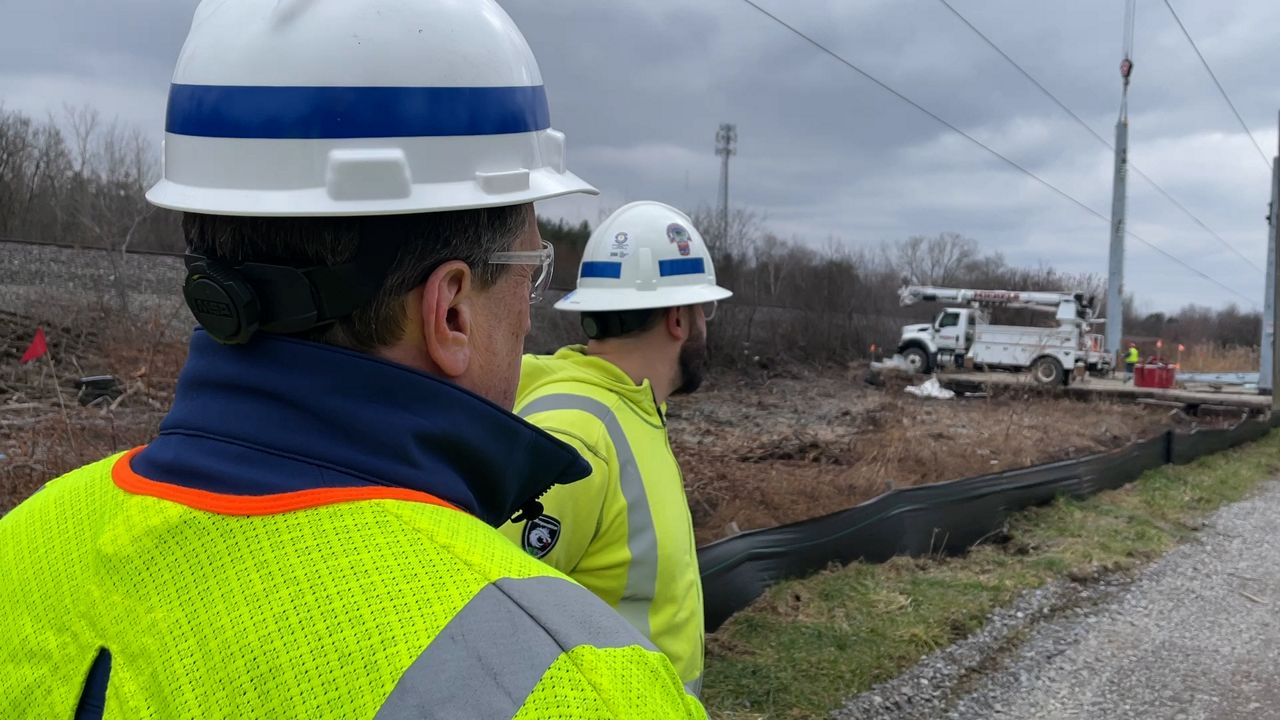Infra
Forgiving winter helps New York’s utilities stay ahead on infrastructure

Each new day is another one filled with routine maintenance and major capital projects for utility companies across New York state. The good news is, this winter has been a bit more accomodating, to say the very least.
“We are now putting in brand-new equipment, brand-new foundations, poles, insulators, [and] conductors,” said National Grid regional driector Ken Kujawa. “We hope to keep that good streak going. But we know that it’s a flip of a coin.”
But everything from monitoring substations to installing new transformer lines is a lot easier to do in even less-than-perfect weather like this.
“Mother Nature can change things on us pretty quickly,” he said.
A few clouds in the sky is not surprise. National Grid and fellow utility companies regularly monitor weather independently and even factor in days lost to winter events well in advance.
“The process for us to build a new transmission line…takes years in order to get to the point where what you see going on now is the actual construction of those assets,” Kujawa noted.
Music to many ears, the transmission line project is ahead of schedule, even after much of 2023 didn’t feel like that was possible.
“It felt like every weekend last year we were on call, we were responding to a power outages,” he said.
Of course, as much as getting these new towers and lines up may be important, the goal is to work quickly to get everyone back up on the grid.
“Priority number one is power restoration for our customers,” Kujawa noted. “So a project like this that you see behind me that work will stop until we get all of our customers restored. You name it, we’ll get back on track and continue on with the work that we do on a daily basis.”
In the meantime, projects like these impact customers in the tens to hundreds of thousands at a time. And so a little good weather goes a long way.
“So the modern infrastructure, the new infrastructure that we are putting in here should be less susceptible to wind and other types of weather events,” said Kujawa. “Should mean more and better reliability for our customers.”









